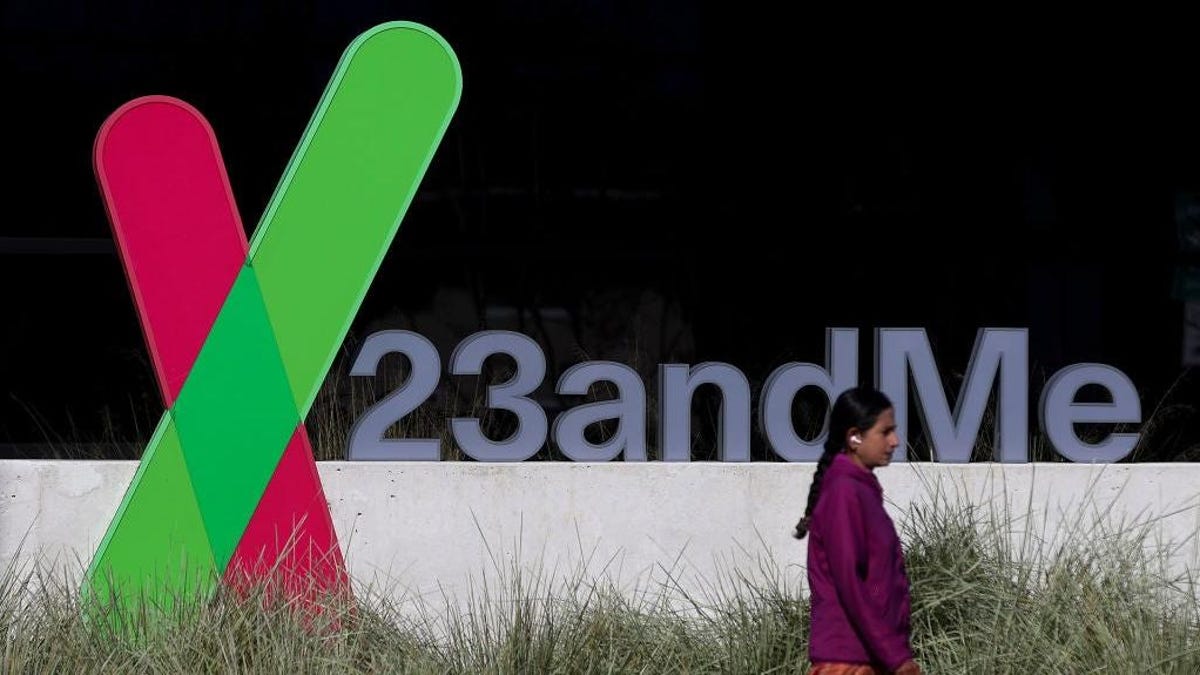A new study published in Science resolves a long-standing scientific debate, and it stands to completely change the way we think about Earth’s climate evolution.
The research debunks the idea that Earth’s surface (across land and sea) has experienced really hot temperatures over the last two billion years. Instead, it shows that Earth has had a relatively stable and mild climate.
Temperature is an important control over chemical reactions that govern life and our environment. This ground-breaking work will have significant implications for scientists working on climate models or questions surrounding biological and climate evolution.
[…]
In the work, Dr. Isson and Ph.D. student Sofia Rauzi adopted novel methods to illuminate a history of Earth’s surface temperature.
They utilized five unique data records derived from different rock types including shale, iron oxide, carbonate, silica, and phosphate. Collectively, these ‘geochemical’ records comprise over 30,000 data points that span Earth’s multi-billion-year history.
To date, the study is the most comprehensive collation and interpretation of one of the oldest geochemical records—oxygen isotopes. Oxygen isotopes are different forms of the element oxygen. It is also the first study to use all five existing records to chart a consistent ‘map’ of temperature across an enormous portion of geological time.
“By pairing oxygen isotope records from different minerals, we have been able to reconcile a unified history of temperature on Earth that is consistent across all five records, and the oxygen isotopic composition of seawater,” says Dr. Isson.
The study disproves ideas that early oceans were hot with temperatures greater than 60°C prior to approximately half a billion years ago, before the rise of animals and land plants. The data indicates relatively stable and temperate early-ocean and temperatures of around 10°C which upends current thinking about the environment that complex life evolved in.
The work produces the first ever record of the evolution of terrestrial (land-based) and marine clay abundance throughout Earth history. This is the first direct evidence for an intimate link between the evolution of plants, marine creatures that make skeletons and shells out of silica (siliceous life forms), clay formation, and global climate.
“The results suggest that the process of clay formation may have played a key role in regulating climate on early Earth and sustaining the temperate conditions that allowed for the evolution and proliferation of life on Earth,” says Dr. Isson.
[…]
The work produces the first ever record of the evolution of terrestrial (land-based) and marine clay abundance throughout Earth history. This is the first direct evidence for an intimate link between the evolution of plants, marine creatures that make skeletons and shells out of silica (siliceous life forms), clay formation, and global climate.
“The results suggest that the process of clay formation may have played a key role in regulating climate on early Earth and sustaining the temperate conditions that allowed for the evolution and proliferation of life on Earth,” says Dr. Isson.
Source: New evidence changes key ideas about Earth’s climate history


